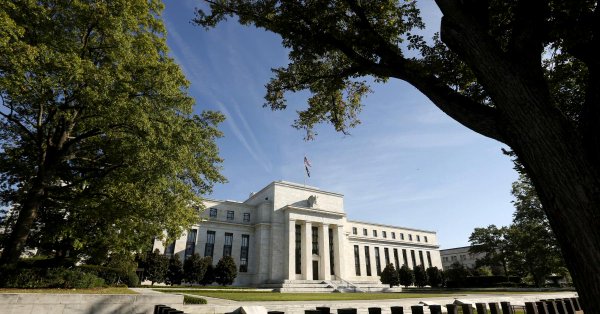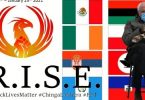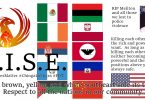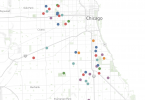WASHINGTON (Reuters) – The Federal Reserve raised interest rates on Wednesday, a move that was widely expected but still marked a milestone in the U.S. central bank’s shift from policies used to battle the 2007-2009 financial crisis and recession.
In raising its benchmark overnight lending rate a quarter of a percentage point to a range of between 1.75 percent and 2 percent, the Fed dropped its pledge to keep rates low enough to stimulate the economy “for some time” and signaled it would tolerate above-target inflation at least through 2020.
The Fed has raised rates seven times since late 2015 on the back of the economy’s continuing expansion and solid job growth, rendering the language of its previous policy statements outdated.
Inflation is also snapping into line, with fresh projections from policymakers on Wednesday indicating it would run above the central bank’s 2 percent target, hitting 2.1 percent this year and remaining there through 2020.
Policymakers also projected a slightly faster pace of rate increases in the coming months, with two additional hikes expected by the end of this year, compared to one previously.
They see another three rate increases next year, a pace unchanged from their previous forecast.
“The labor market has continued to strengthen … economic activity has been rising at a solid rate,” the Fed’s rate-setting committee said in unanimous statement after the end of a two-day meeting.
“Household spending has picked up while business fixed investment has continued to grow strongly,” the Fed said.
Fed Chairman Jerome Powell is scheduled to hold a press conference at 2:30 p.m. EDT (1830 GMT).
The Fed’s short-term policy rate, a benchmark for a host of other borrowing costs, is now roughly equal to the rate of inflation, a breakthrough of sorts in the central bank’s battle in recent years to return monetary policy to a normal footing.
Estimates of longer-run interest rates were unchanged and seen reaching as high as 3.4 percent in 2020 before dropping to 2.9 percent in the longer run.
FED CONFIDENCE
The Fed now sees gross domestic product growing 2.8 percent this year, slightly higher than previously forecast, and dipping to 2.4 percent next year, unchanged from policymakers’ March projections. The unemployment rate is seen falling to 3.6 percent in 2018, compared to the 3.8 percent forecast in March.
The rate increase was in line with investors’ expectations and showed policymakers’ confidence in the economy’s growth prospects, continued low unemployment and steady inflation. Investors had given just over a 91 percent chance of a rate rise on Wednesday, according to an analysis by CME Group.
The Fed said its policy of further gradual rate increases will be “consistent with sustained expansion of economic activity, strong labor market conditions, and inflation near the Committee’s symmetric 2 percent objective.”
In a technical move, the central bank also decided to set the interest rate it pays banks on excess reserves – its chief tool for moderating short-term interest rates – at just below the upper level of its target range. The step was needed, the Fed said, to be sure rates stay within the intended boundaries.
The policy statement bypassed discussion about the tensions over the Trump administration’s trade policies, including a decision two weeks ago to impose tariffs on steel and aluminum imports from the European Union, Canada and Mexico.
Reporting by Howard Schneider Editing by Paul Simao; [email protected]; +1 202 789 8010







